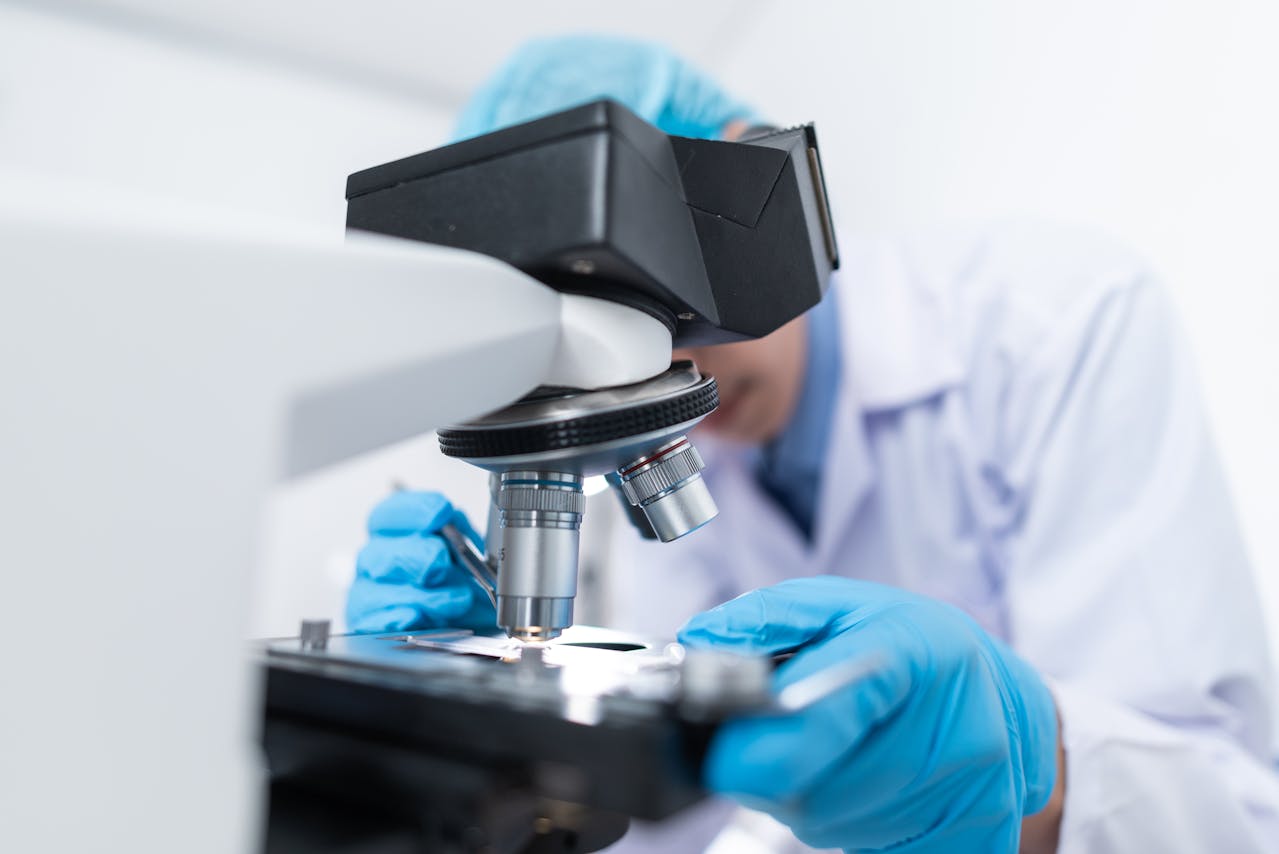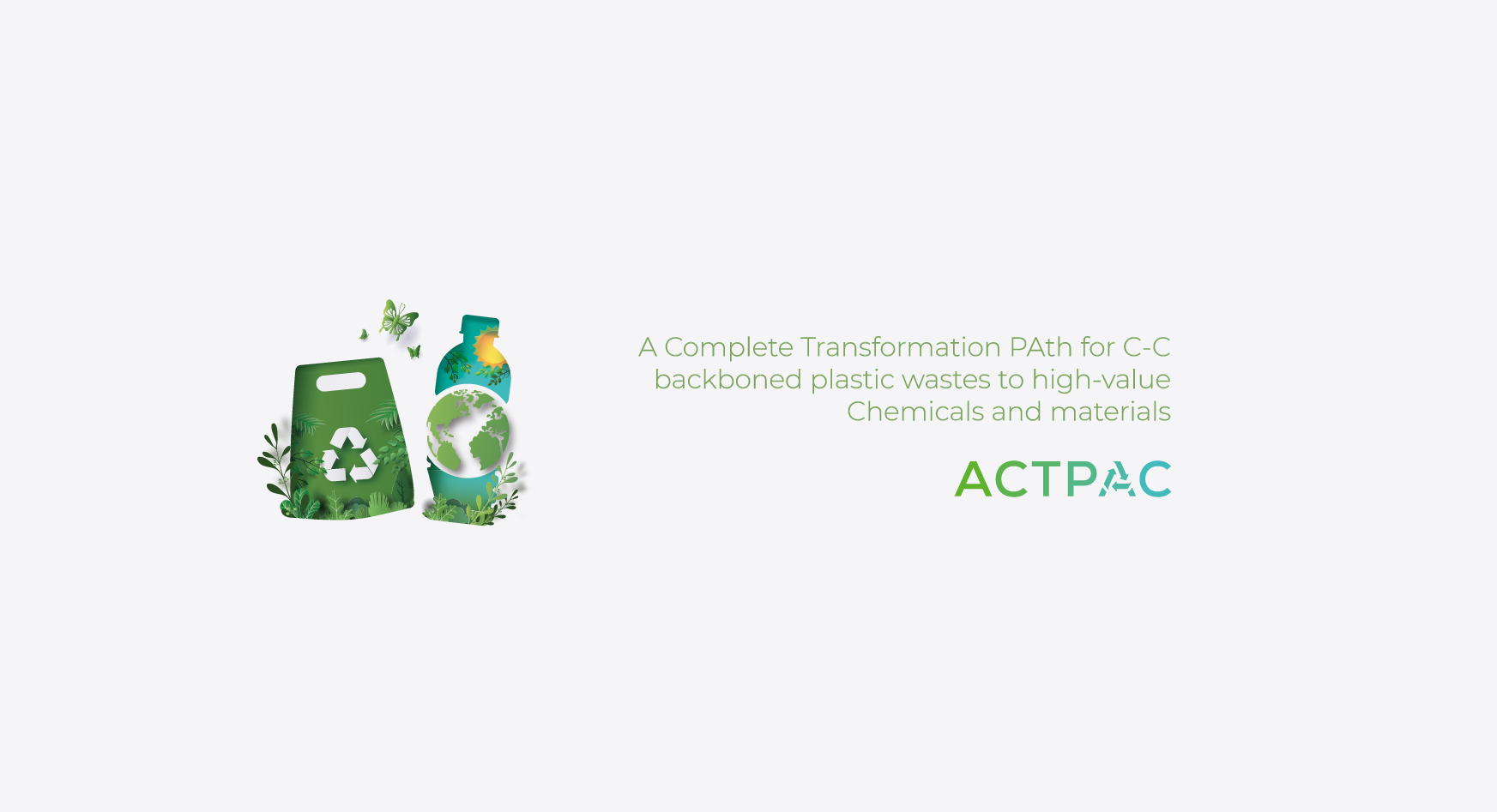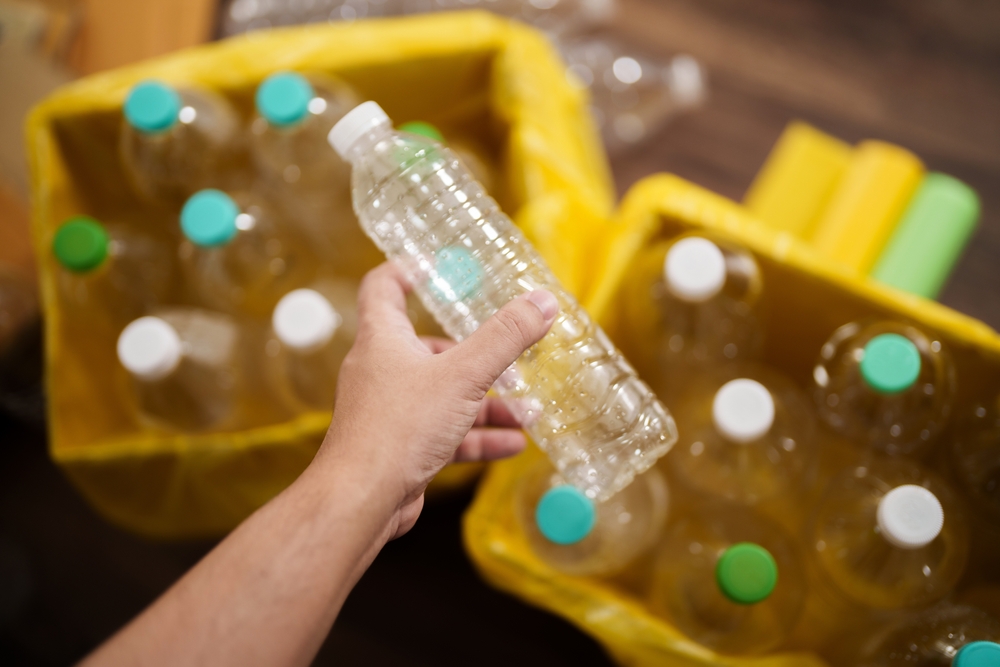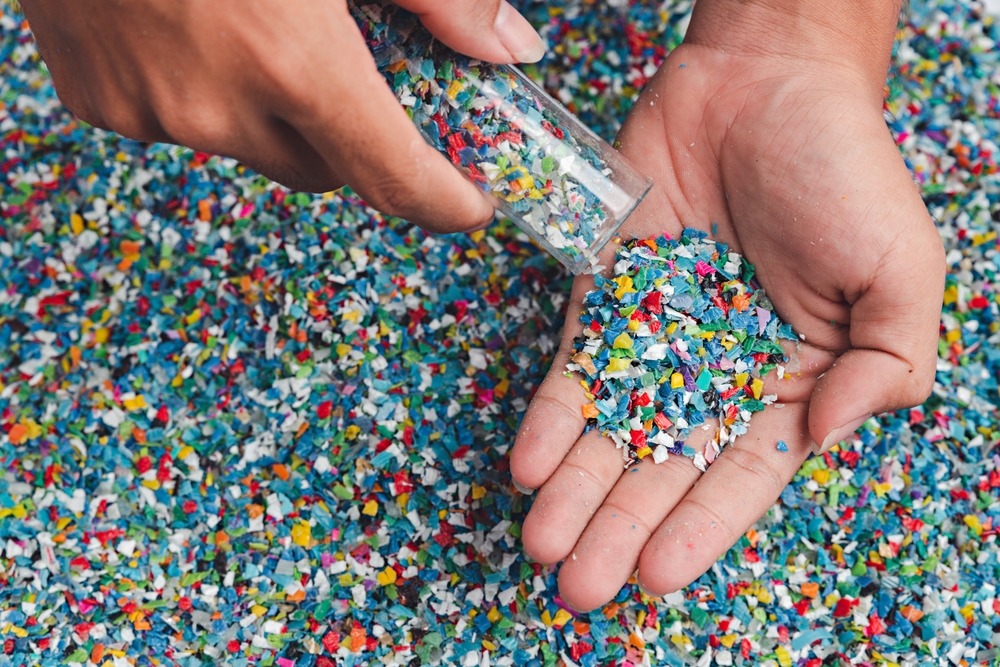
From lab to pilot: Innovaplast scales up CYP153A-based whole-cell biocatalyst
Within the ACTPAC project, Innovaplast is responsible for scaling up a whole-cell biocatalyst system based on CYP153A, originally developed at lab scale by Aarhus University. The aim is to enable efficient and selective hydroxylation of n-alkanes under mild conditions, supporting plastic waste valorization through sustainable biotechnological routes.
To support industrial applicability, Innovaplast is preparing to implement key downstream workflows such as biotransformation optimization, selective product recovery, and integration of green solvent systems. The approach emphasizes environmentally responsible processing and aligns with ACTPAC’s ambition to reduce pollution and maximize resource efficiency.
In the upcoming project phase, Innovaplast will scale up the biotransformation system to pilot level, enabling performance benchmarking under conditions closer to real-world applications. These efforts aim to build a bridge between academic enzyme development and industrial biotechnology solutions, paving the way for future applications in plastic waste valorization.
Author: GÜNGÖR, Gökhan, KARAALİ, Zeynep Nida.
References
ACTPAC Project – A Complete Transformation Path for C-C Backboned Plastic Wastes to High-Value Chemicals and Materials. [Online]. Available at: https://cordis.europa.eu/project/id/101135289
Keywords
CYP153A, whole-cell biocatalyst, enzyme scale-up, n-alkane oxidation, plastic waste valorization, biotransformation, downstream processing, pilot scale fermentation, ACTPAC, sustainable biotechnology, green chemistry, selective hydroxylation


